The 4th Hangzhou Forum for China’s Digital City Branding commenced on November 25th, organized by Zhejiang University and in collaboration with institutions including Zhejiang University’s Research Center of Digital Communication, Institute of News Media and Social Development and College of Media and International Culture, as well as Hangzhou Identity Promotion Association and School of Journalism & Communication at Hangzhou City University. With the theme of “Co-construction, sharing and win-win: media, activities, exhibitions and the international influence of cities”, more than sixty specialists from diverse fields, including politics, academia, media and enterprises, attended the forum and shared their perspectives.
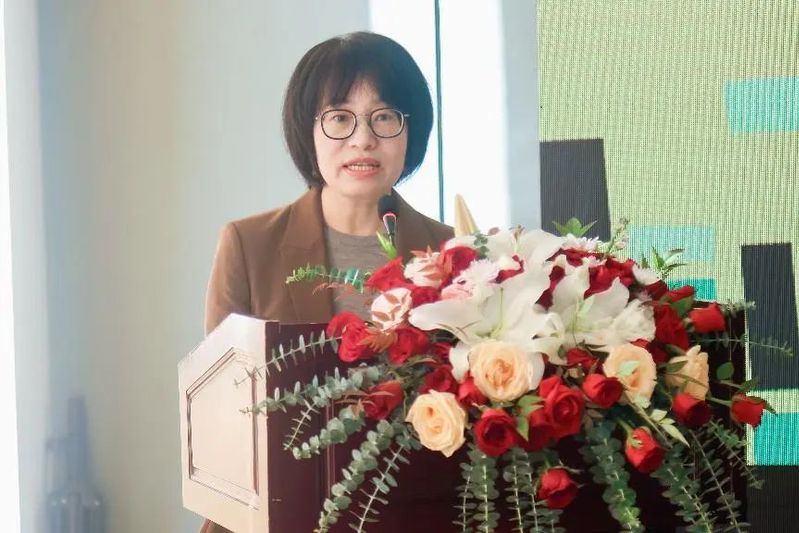
The opening ceremony was presided over by Professor Wu Hongyu, the director of Institute of News Media and Social Development. Leading Professor Huang Dan, the director of Research Center of Digital Communication, delivered a welcome speech. He pointed out that nowadays digitization has become an integral part of urban identity, such as the City Mind and QR code. The digital city encompasses both its online and on-site manifestations which complement and enhance each other. In this digital context, the forum raised discussions about city brands to drive urban development.
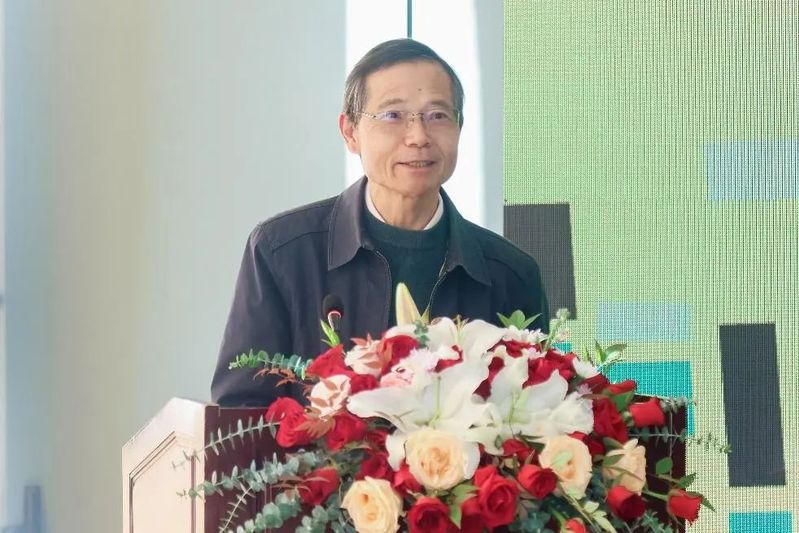
Research Liu Yanping from National Academy of Economic Strategy, CASS, presented the report on 2023’s city brand influence. It concludes the ten characteristics and trends combined with the keywords of city brand influence this year, and proposes multiple suggestions for the construction of city brands. The report also ranks Beijing, Shanghai, Hangzhou, Chongqing, Guangzhou, Chengdu, Tianjin, Xi’an, and Nanjing as the top Chinese cities in terms of brand influence in 2023.
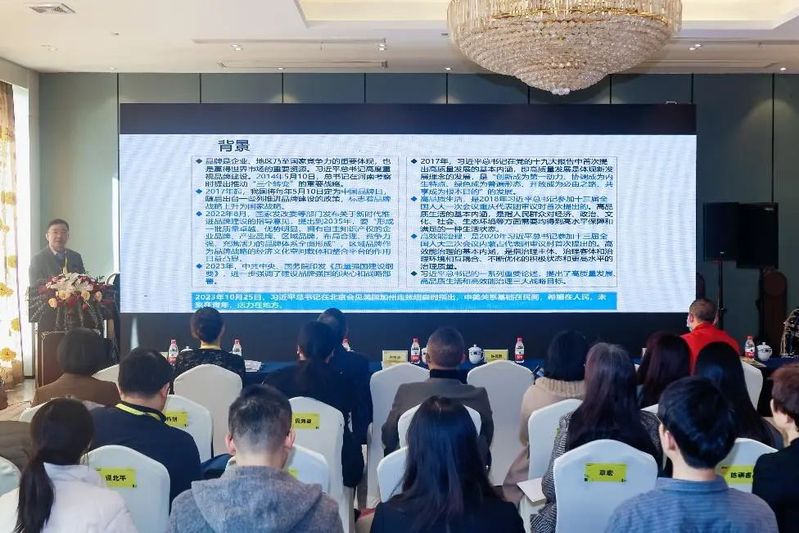
Professor Wei Lu, Dean of CMIC, announced the 2023 City Brand Influence Index developed by his team. Hong Kong ranks atop among Chinese cities, Macao the forth and Taipei the fifth. In Mainland China, Beijing takes the top position followed by other first-tier cities including Shanghai, Guangzhou and Shenzhen in second, seventh and eighth positions respectively. As for the “new first-tier cities”, Hangzhou have achieved a new high, coming in third for the first time, joined by Chongqing, Xi’an, Chengdu, Wuhan in the top 10.

Professor Wu Hongyu then reported the ten major cases of digital city branding for 2023, featuring notable cities such as Beijing, Shanghai, Hangzhou, Suzhou, Chengdu, the three major bay areas in China, Chongqing, Zibo, and NyingChi in Tibet, which provides models for the digitization of Chinese cities.
At 10:20 a.m., Zhang Ping, producer and host of Hangzhou TV’s “Our Roundtables”, moderated a roundtable discussion focused on global communication of cities in the digital age. In the afternoon session, attendees engaged in case-sharing on digital media and urban spaces, as well as digital communication and city image. Based on the ten major cases, they had heated discussions about public city culture, digital governance, city brand promotion and so on, yielding insightful proposals for the construction of digital Chinese cities in the new era.
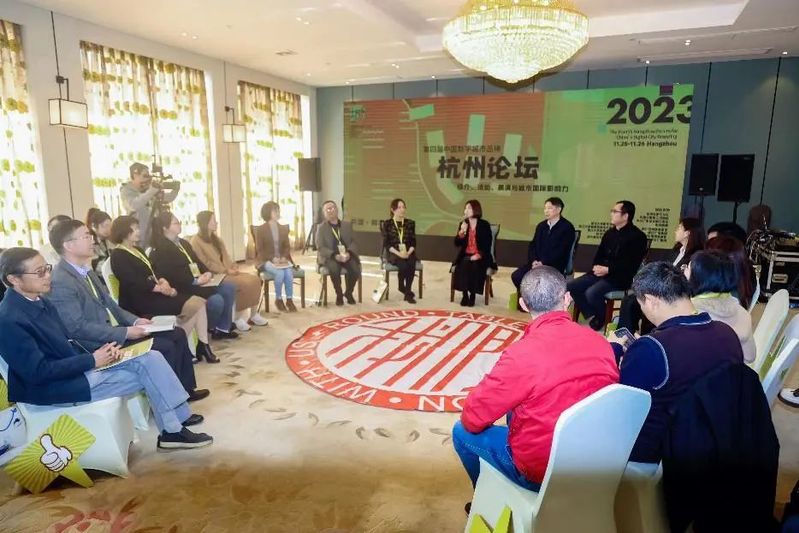
On the morning of November 26, sub-forums were held with the topics of “Existence and Civilization: Rivers as Media” and “Significant Sports Events and City Brand Promotion”, presided over by Researcher Xiao Jian and Ji Yingru of Hundred Talents Program at Zhejiang University. At the end of the sub-forums, Professor Zhang Yan, Director of CMIC’s Department of Strategic Communication, presented the Rankings of Digital City Brand Influence, analyzing the characteristics and trends of Chinese city images on social media.
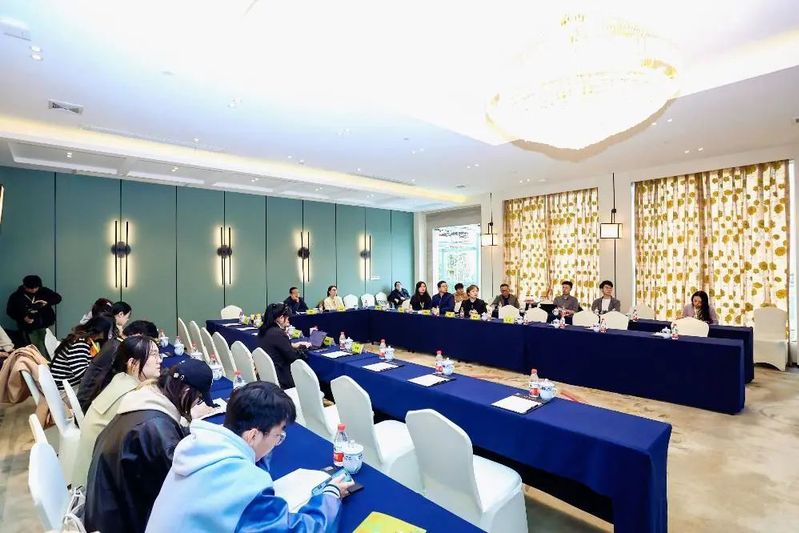

In the following closing session, Leading Professor Huang Dan made conclusions of the 4th Hangzhou Forum and expressed appreciations to the guests. He summarized that the forum provides a diverse range of case studies and viewpoints on Chinese digital city brands, which ensures the quality and features of the forum. He also encouraged researchers to foster a fertile imagination that draws on insights from industry practitioners, and suggested that the reports presented at the forum are continually open to further exploration and refinement.

